© 2024 Copyright Ferrofish Germany - Alle Rechte vorbehalten.
Home » Vorteile von Madi

The AES10 standard – or it’s common designation MADI – is today’s unchallenged Pro Audio Industry standard for the digital point-to-point transmission of multiple audio channels.
The MADI format is no mystery. It is based on the common digital AES/EBU standard (AES3). Up to 32 AES/EBU signals (= 64 channels) are transmitted within one cable, using the multiplex method. Like all digital audio standards (SPDIF, ADAT, TDIF), MADI is uni-directional, providing a ‘point-to-point’ connection between source and destination.
Originally documented in 1991 and updated in 2003 MADI is still the most important industry standard for studio, live and broadcast applications. It is supported by all pro audio manufacturers. Countless devices are available. It will not completely replaced by network solutions, as both are complementary technologies and for a time being the necessary extension to each other. Experienced users will chose the tools and solutions, which will fit to their task.
Thanks to it´s straight concept, MADI is a convenient audio technology. It provides a simple method of transmitting a high number of audio channels sample-accurate with lowest latency over long distances. The balance between operating distances, installation costs and overall maintenance is exemplary.
MADI setups with a complex network-like routing structure, including mixing consoles and converters to all existing audio formats can be realized. Routers for several hundred or even thousands of channels are available. Computer interfaces from our partner RME provide internal channel routing capabilities and can work as router and patchbay.
MADI signals are usually transmitted by two cable types: Coaxial Copper Cables with BNC connector over max. 100 m or Optical Fiber Cables with SC connector over max. 2000 m (Multimode format). MADI Singlemode setups allow distances of up to 40 km (Ferrofish singlemode devices/SFP modules are available at request).
Transmission over direct connections of two devices via CAT5/6 cables (“Twisted Pair”) is standardized, but still lacks real-life support from important manufacturers.
Compared to analog multi-core cables, MADI has significant advantages: It provides the same basic functionality with improved flexibility. Much smaller and lighter cables result in cost savings, lower maintenance and easier error management.
MADI is a sample accurate, lossless digital audio format and provides 24 Bit and up to 192 kHz. An extension to 384 kHz samplerate is supported by some manufacturers and will probably get standardized.
A key advantage of MADI is the possibility to easily cascade external devices. Analog converters, Mic preamps and converters to/from AES/EBU or Analog can be combined in a single MADI connection. The rack-devices on the stage itself can be connected in series with short MADI cables.
With a transmission latency of max. 60 μs at 48 kHz MADI provides unmatched realtime capabilities for all timing-critical applications (e.g. live FOH mixing).
Distances of 100 m (coaxial) or 400-2000 m (optical) are perfect for production facilities with several recording suites, classical orchestra recordings or broadcast audio setups of large outdoor sports and other live events. Even in small music studios, where the distances from the main DAW to the recording room or the equipment room can easily reach more than 15 m, MADI exceeds the limits of AES/EBU and ADAT cabling.
The MADI standard is supported by nearly all pro audio manufacturers, e. g.: AMS/Neve, DIGICO/Soundtracks, DirectOut, Euphonix, Merging, Lawo, Fairlight, Marian, Otari, Publison, RME, Roland, Soundscape, Sony, Stagetec, Studer, SSL, YAMAHA and others.
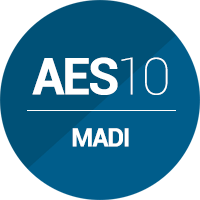
MADI is still the most important industry standard for studio, live and broadcast applications. It is supported by all pro audio manufacturers. Countless devices are available. It will not be completely replaced by network solutions. Both are complementary technologies and for a time being a useful extension to each other. Experienced users will chose the tools and solutions, which will fit to their task.
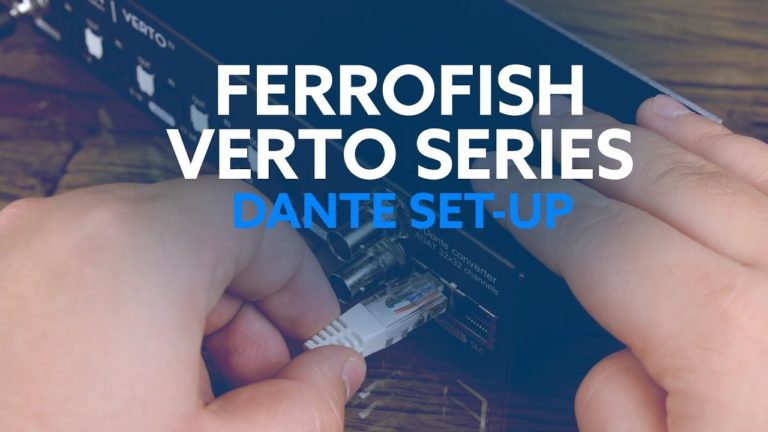
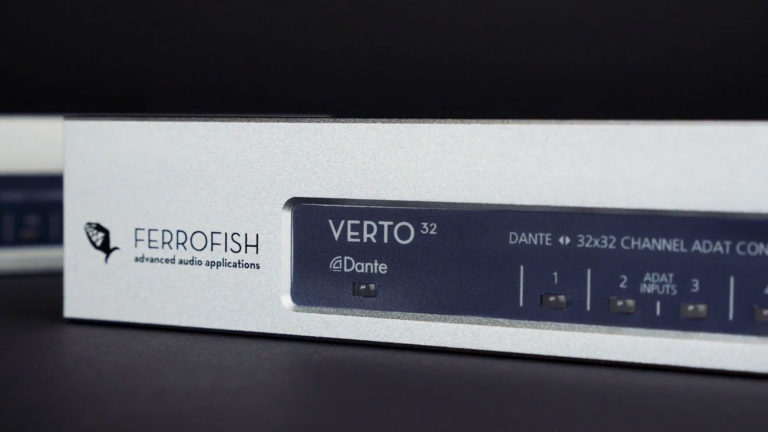
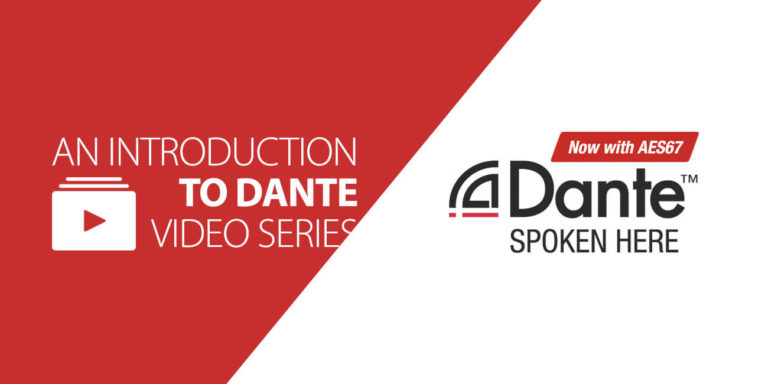
Haben Sie die Antwort nicht gefunden, nach der Sie gesucht haben? Dann kontaktieren Sie bitte unseren Support über das Kontaktformular. Wir werden Ihnen gerne weiterhelfen!
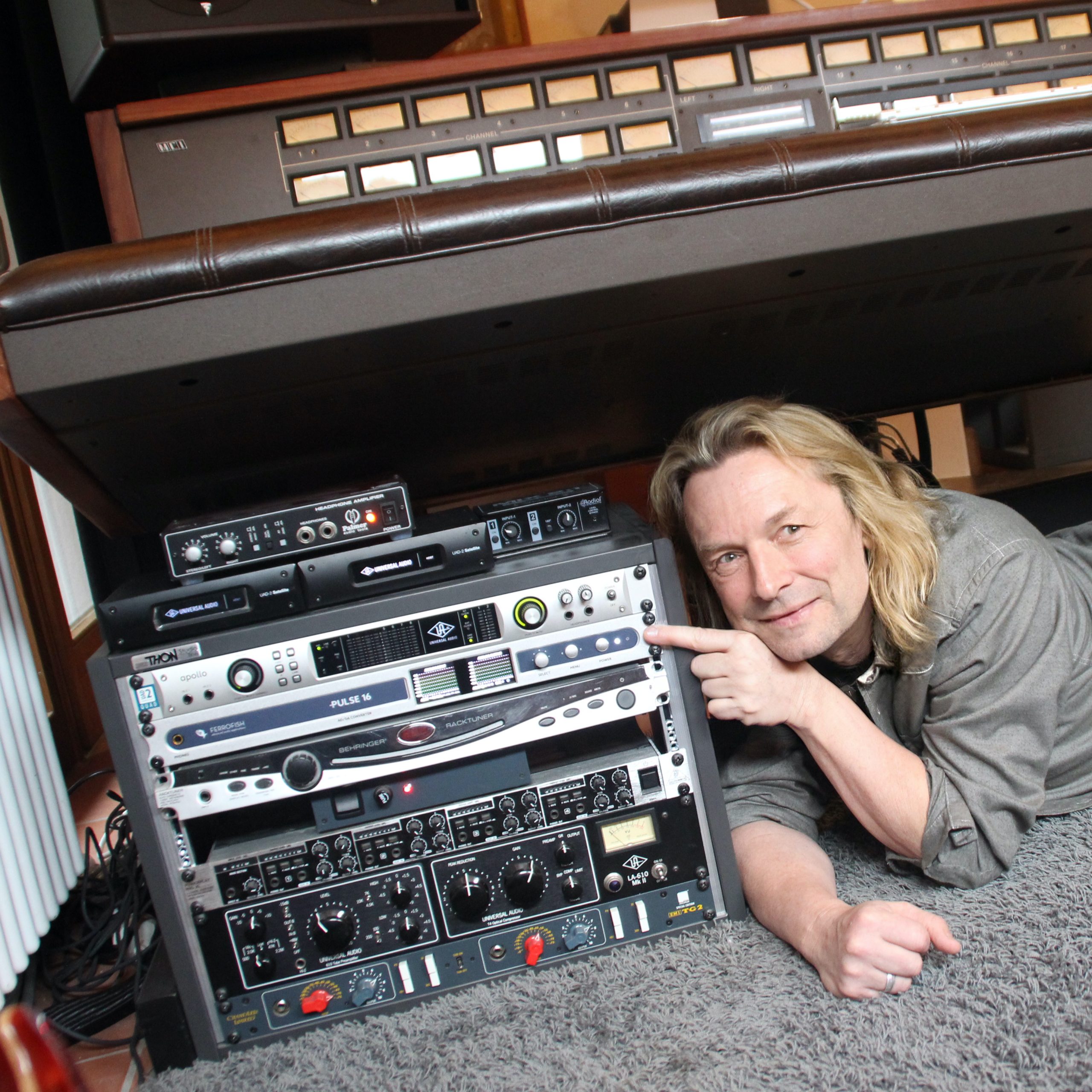
Musiker, Engineer und Produzent Michael Voss im Gespräch über seinen neuesten Helfer im Studio, der PULSE16 von FERROFISH: Erzähl uns doch mal etwas über Dich.
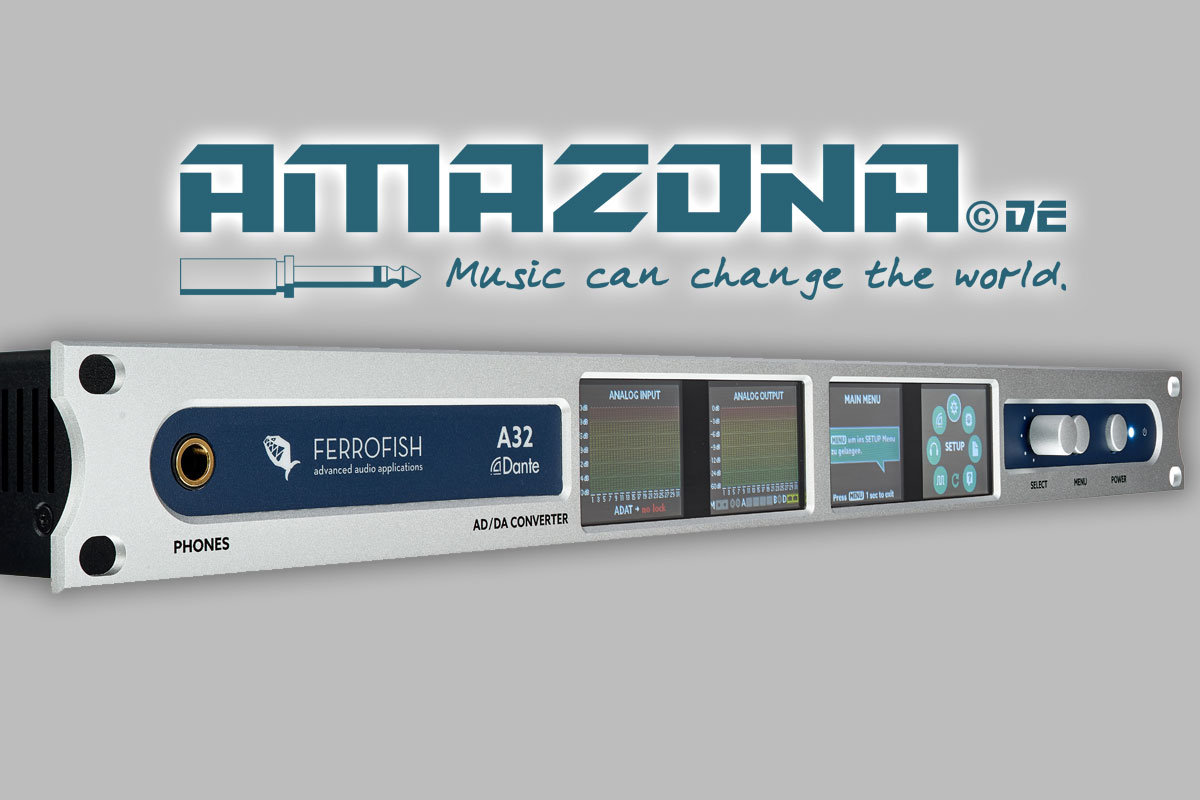
Kopf hoch! Die deutsche Website AMAZONA.de hat gerade den Test unseres Flaggschiffs A32 Dante veröffentlicht.
Obwohl die vollständige Überprüfung von ihren Experten durchgeführt wird, wurde uns freundlicherweise die Erlaubnis erteilt, einen Link dazu zu veröffentlichen.
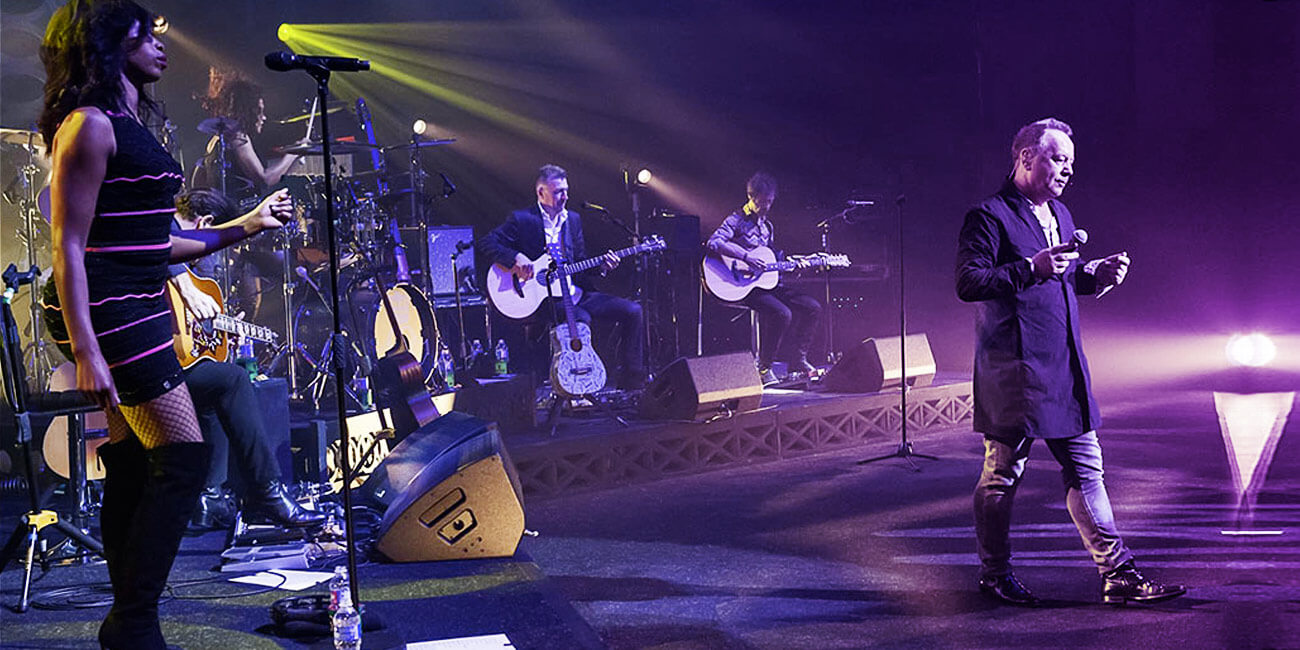
Ingenieur, Techniker und Programmierer Vincent Barker über die Verwendung von RME-Audio-Interfaces und FERROFISH-Wandlern. Vincent Barker ist seit Mitte der 70er Jahre im Bereich Live-Sound, FOH
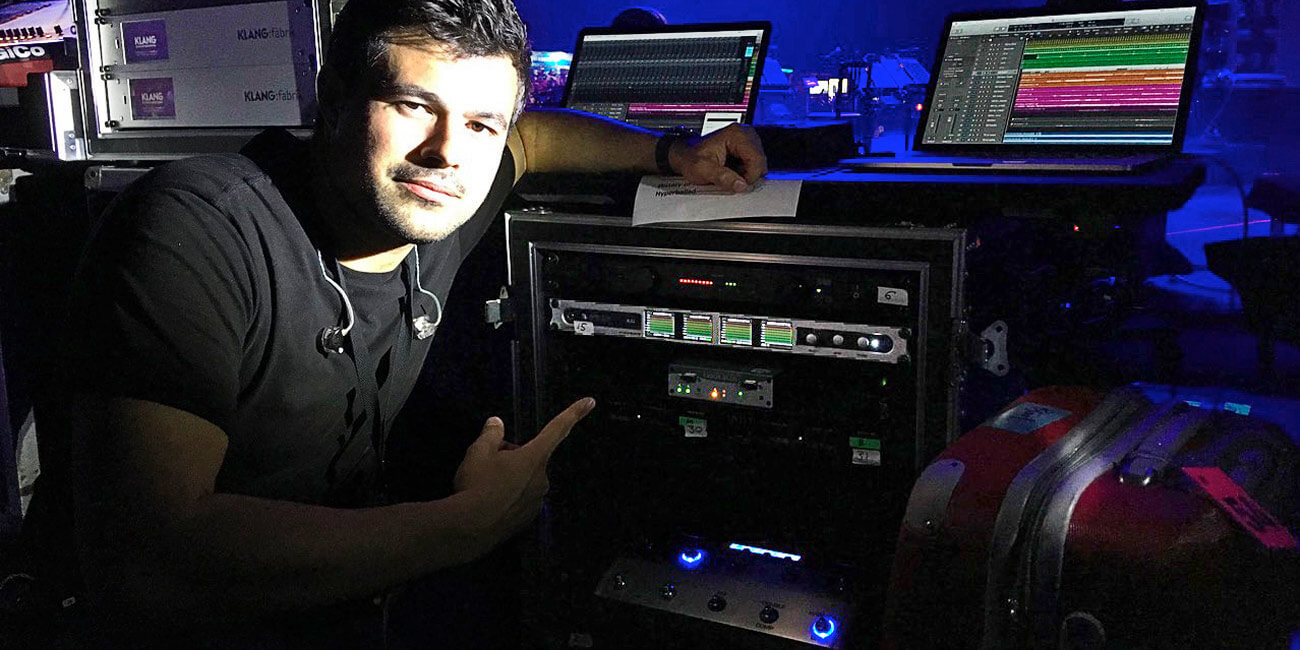
Front-of-House-Engineer John Gale, Playback-Techniker Chris Elms und Musikdirektor Matt Robertson entscheiden sich für FERROFISH. Die isländische Ausnahmekünslterin Björk hat im August letzten Jahres ihr neuntes
© 2024 Copyright Ferrofish Germany - Alle Rechte vorbehalten.